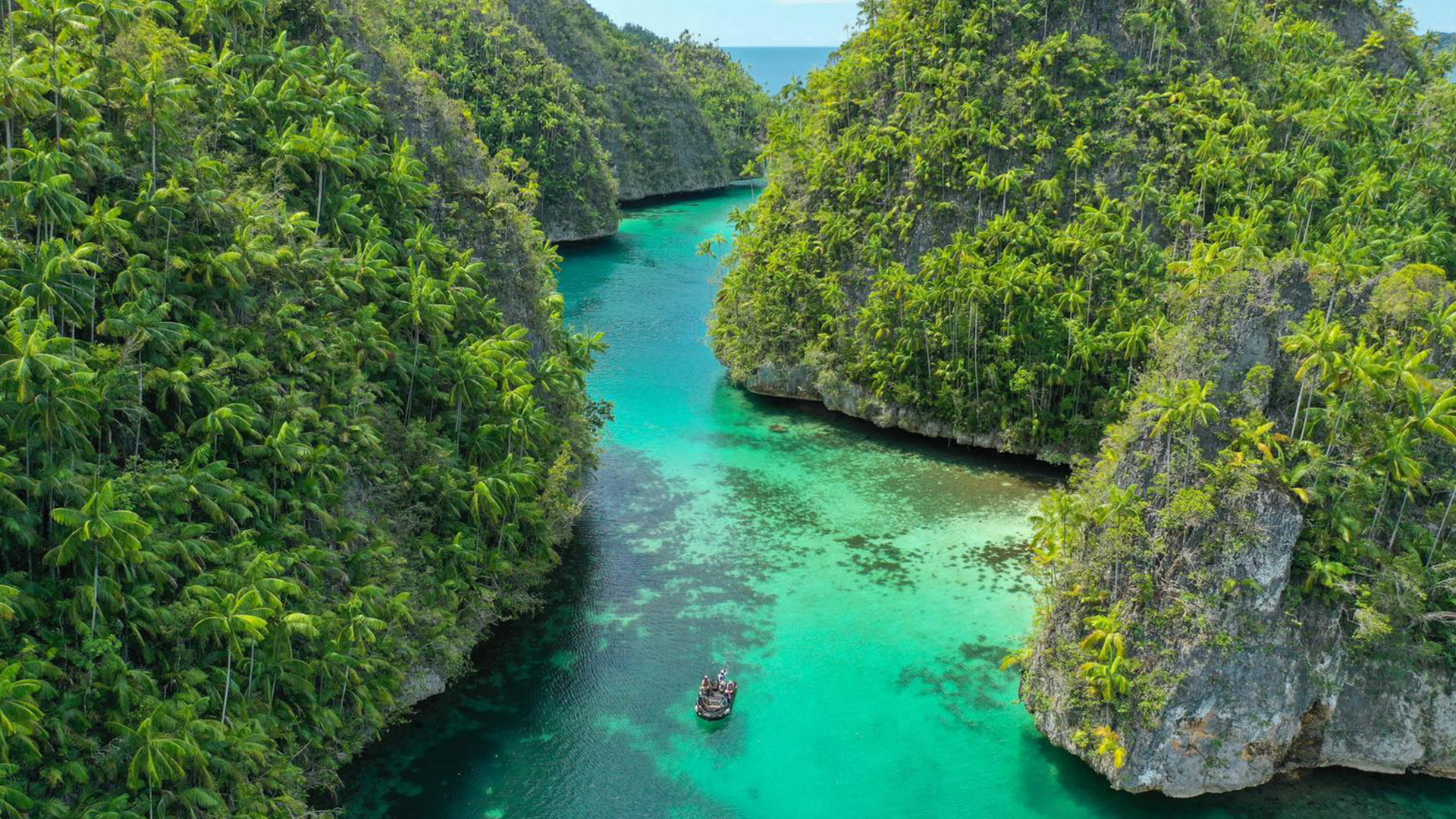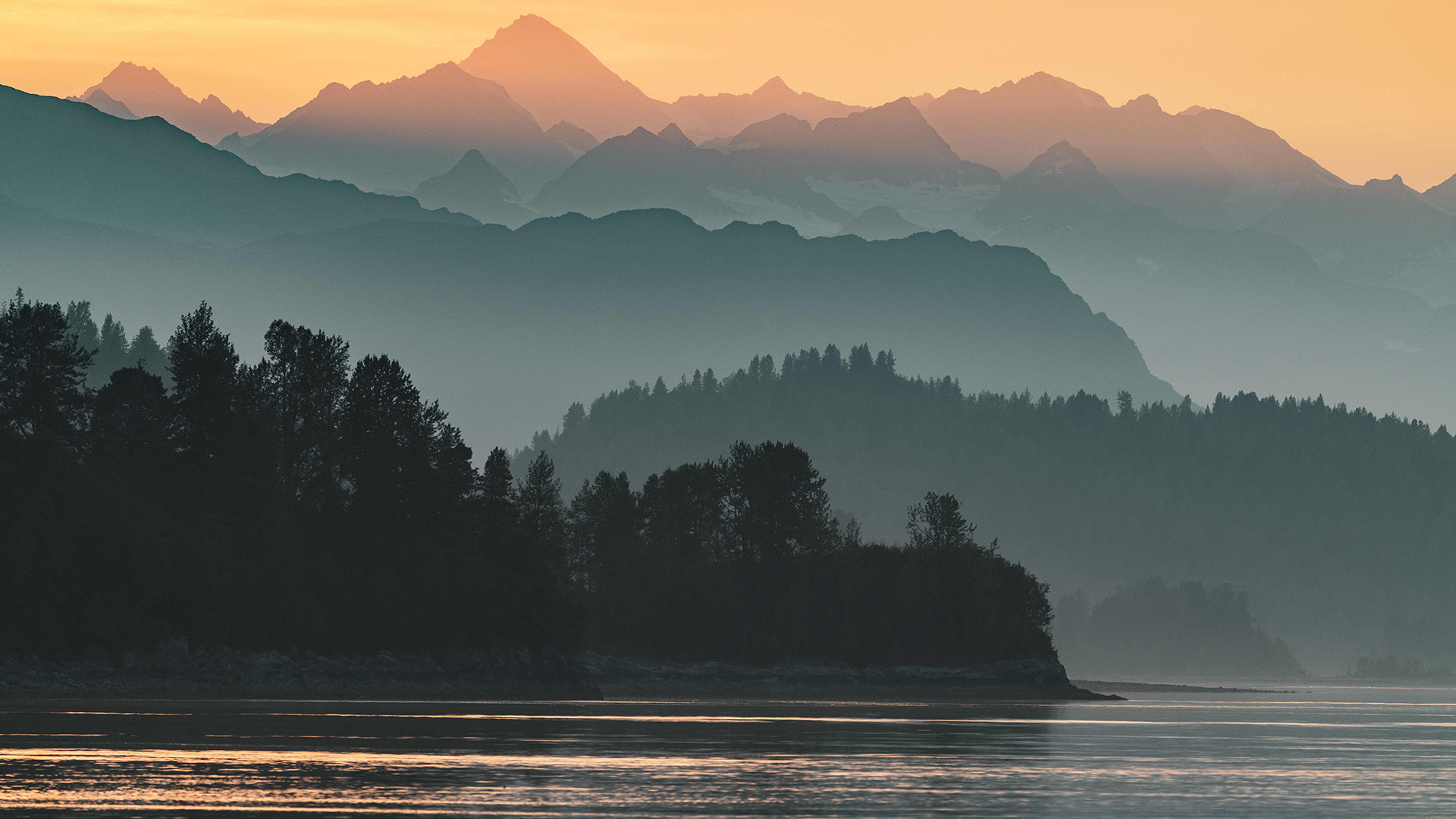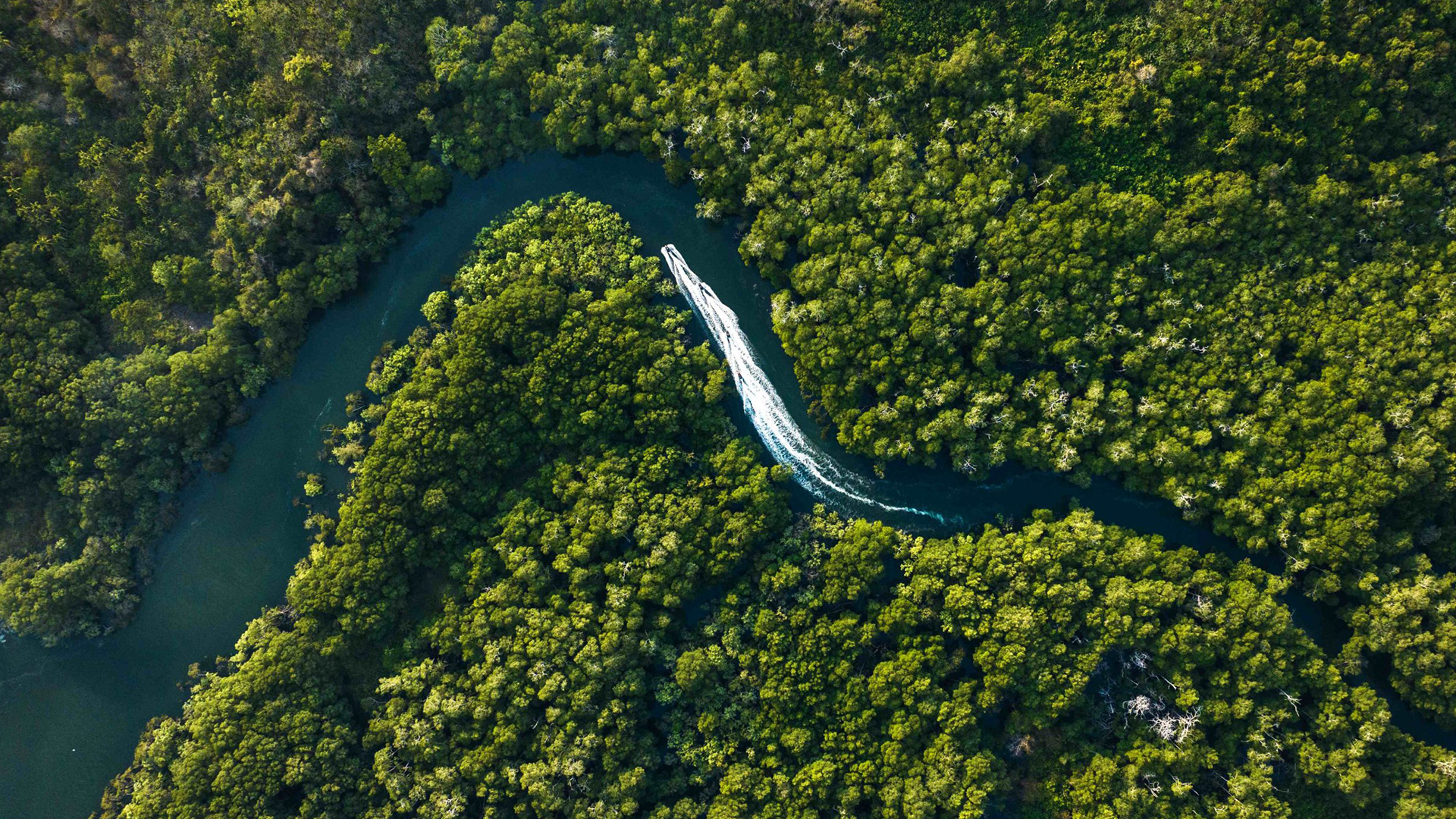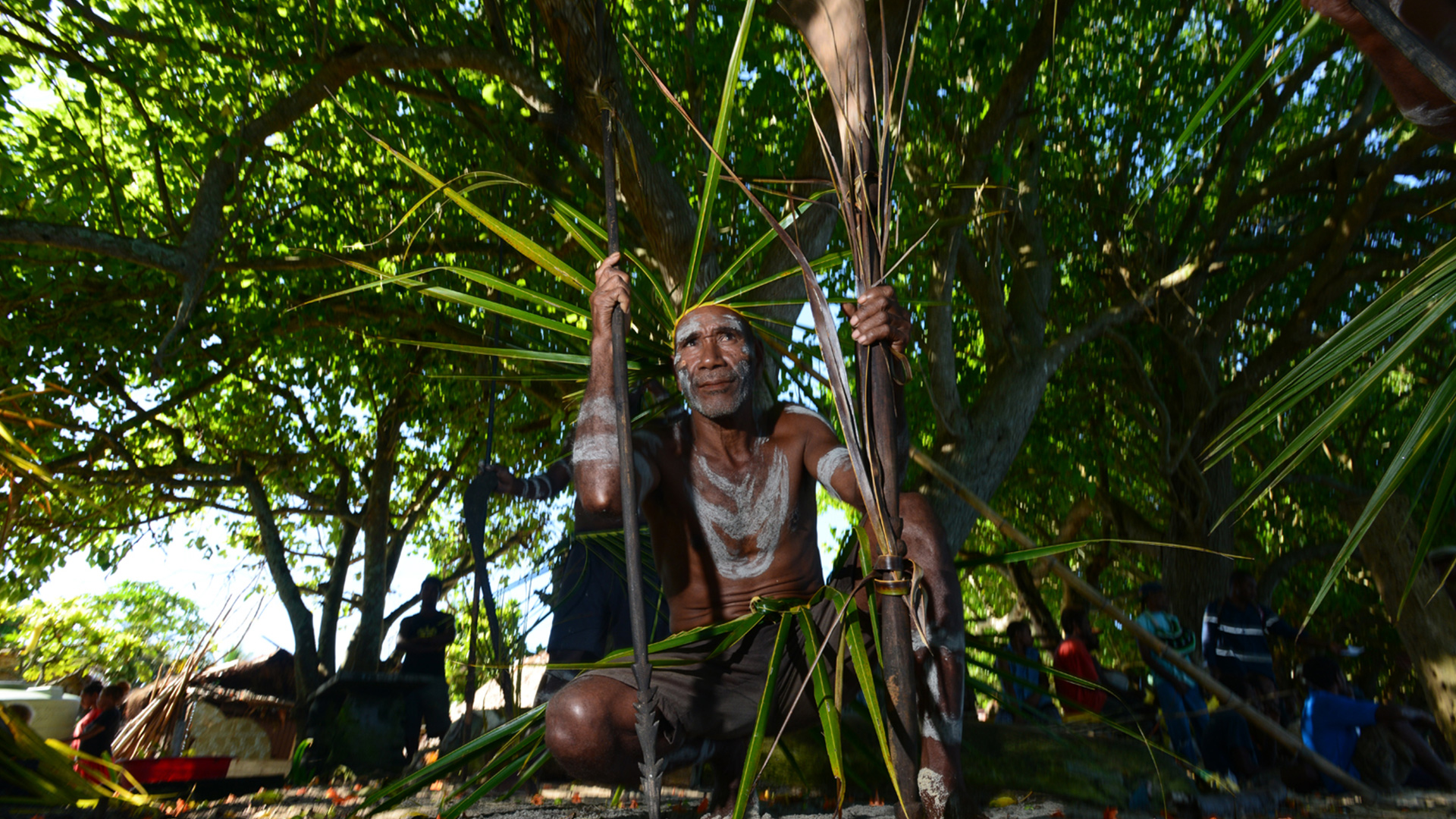Every year on June 8th, people around the globe come together to celebrate World Oceans Day, raising awareness about the significance of our oceans and the urgent need to protect them. To celebrate the diversity of our ocean ecosystems, join us on a virtual journey to the most diverse living library of marine life anywhere on Earth: Indonesia’s Raja Ampat.
Raja Ampat is an archipelago in the Indonesian Coral Triangle, comprising over 1,500 small islands, cays, and shoals surrounding the four main islands of Waigeo, Batanta, Salawati, and Misool. Beneath the archipelago lies a submerged wonderland that attracts divers from around the globe with unparalleled marine biodiversity.
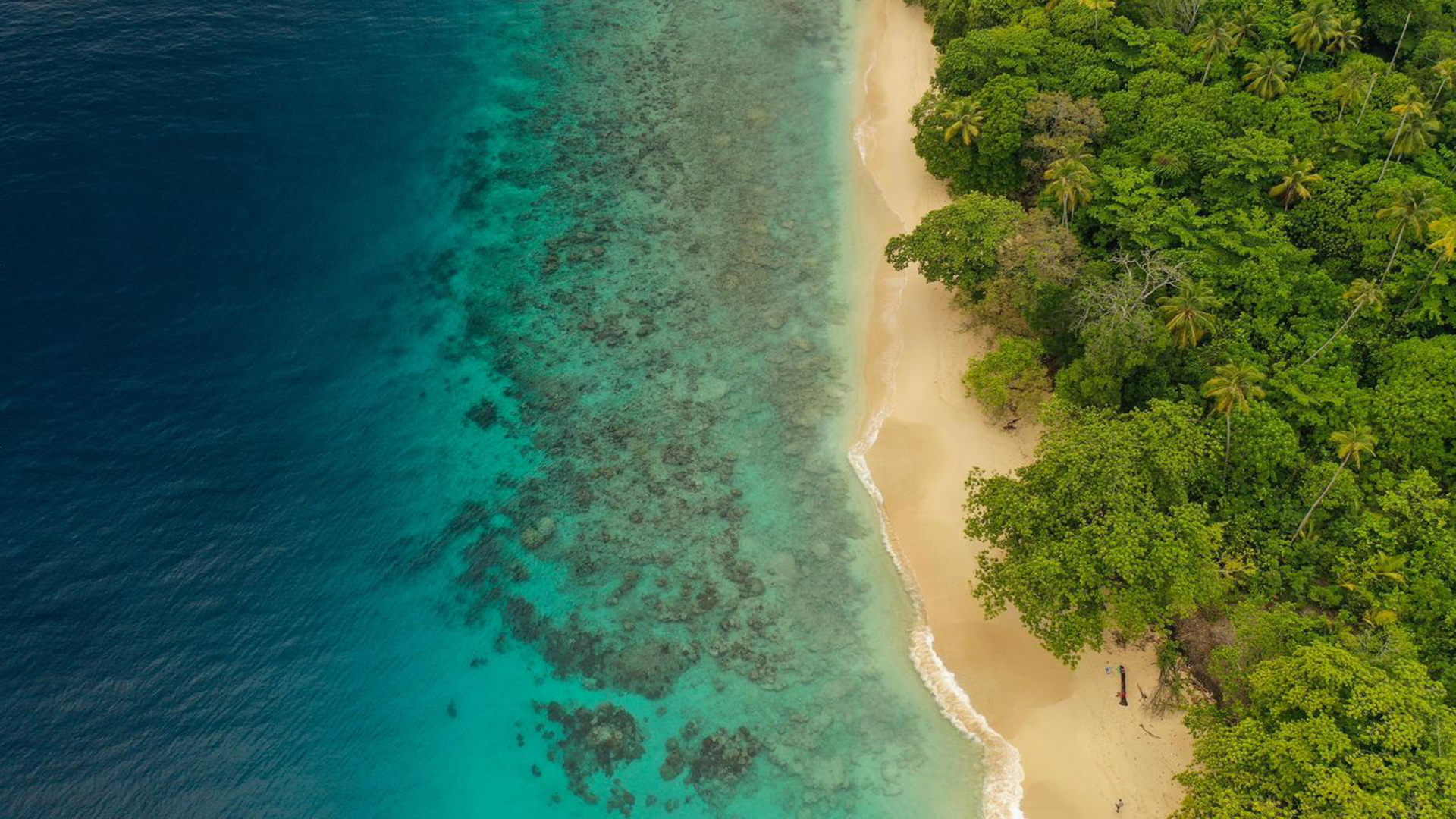
To understand why Raja Ampat is the unrivaled diving mecca of the world it is probably helpful to understand a bit about the corals that thrive there. Though they do not seem like it from the surface, corals are actually animals. They live colonially and create the hard, limestone structures we recognize as the reef for protection as they grow higher in the water column. Unlike most animals, though, most of the energy for this growth actually comes from photosynthesis through a symbiotic relationship with algal cells incorporated into the coral tissues. So, corals do best in water conditions that allow for the highest rates of photosynthesis like the tropics.
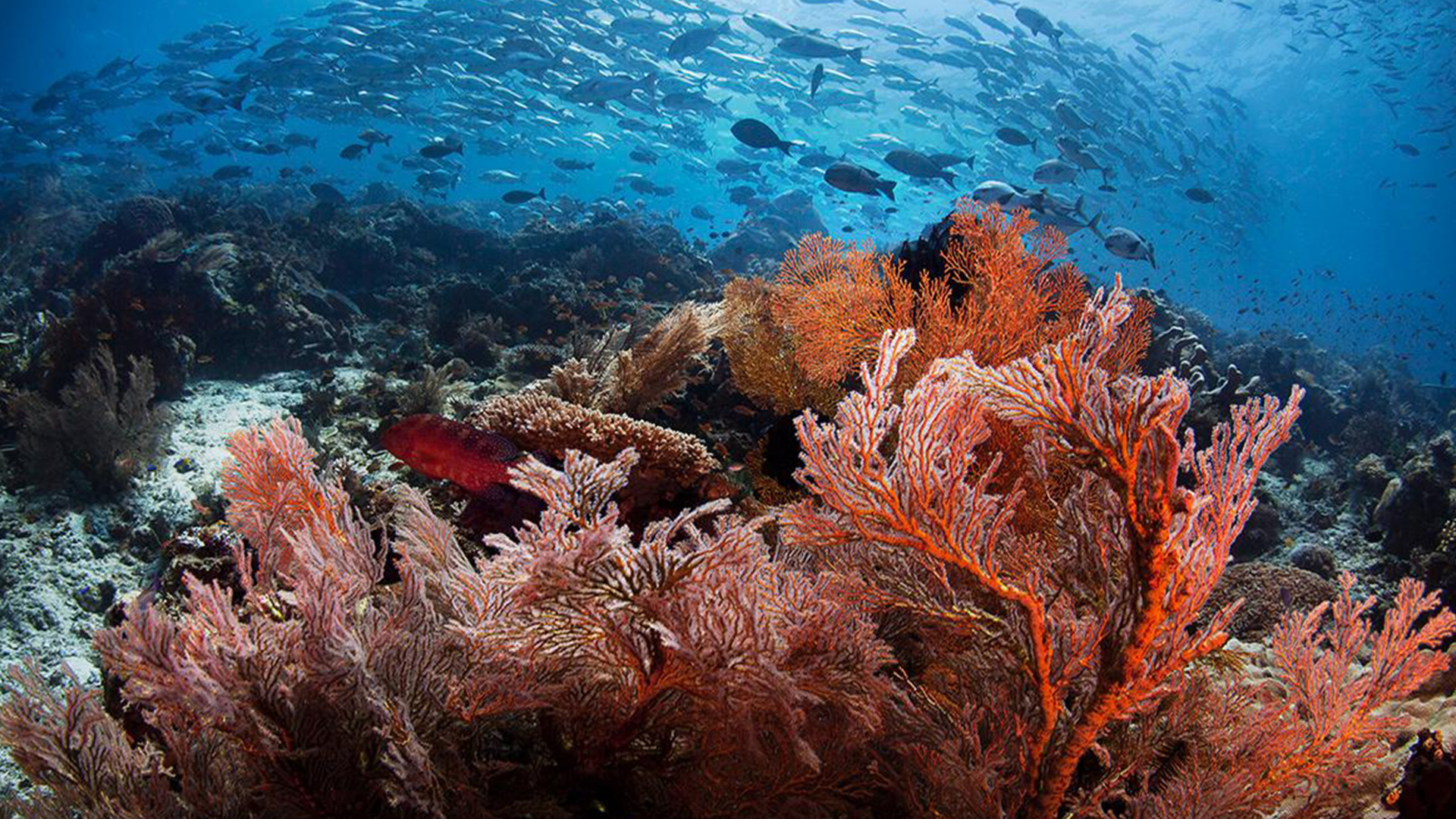
The waters around the islands of Raja Ampat are the perfect cocktail of warm, shallow, and clear, allowing for sunlight to reach the corals and creating the ideal conditions for colonies to thrive. Altogether there are around 540 types of corals, representing over 75% of the world’s coral species. These corals, in turn, support more than 1,000 species of coral fish and 700 different mollusks, making it the single most diverse marine ecosystem for underwater life. This includes manta rays, reef sharks, pygmy seahorses, and the elusive walking shark. As divers navigate through the warm waters, they might also encounter gentle sea turtles, flamboyant nudibranchs, and schools of vibrant tropical fish, all of which congregate here to use the limestone coral structure as a habitat and food source. These reefs are a living tapestry, showcasing the diversity of our oceans.
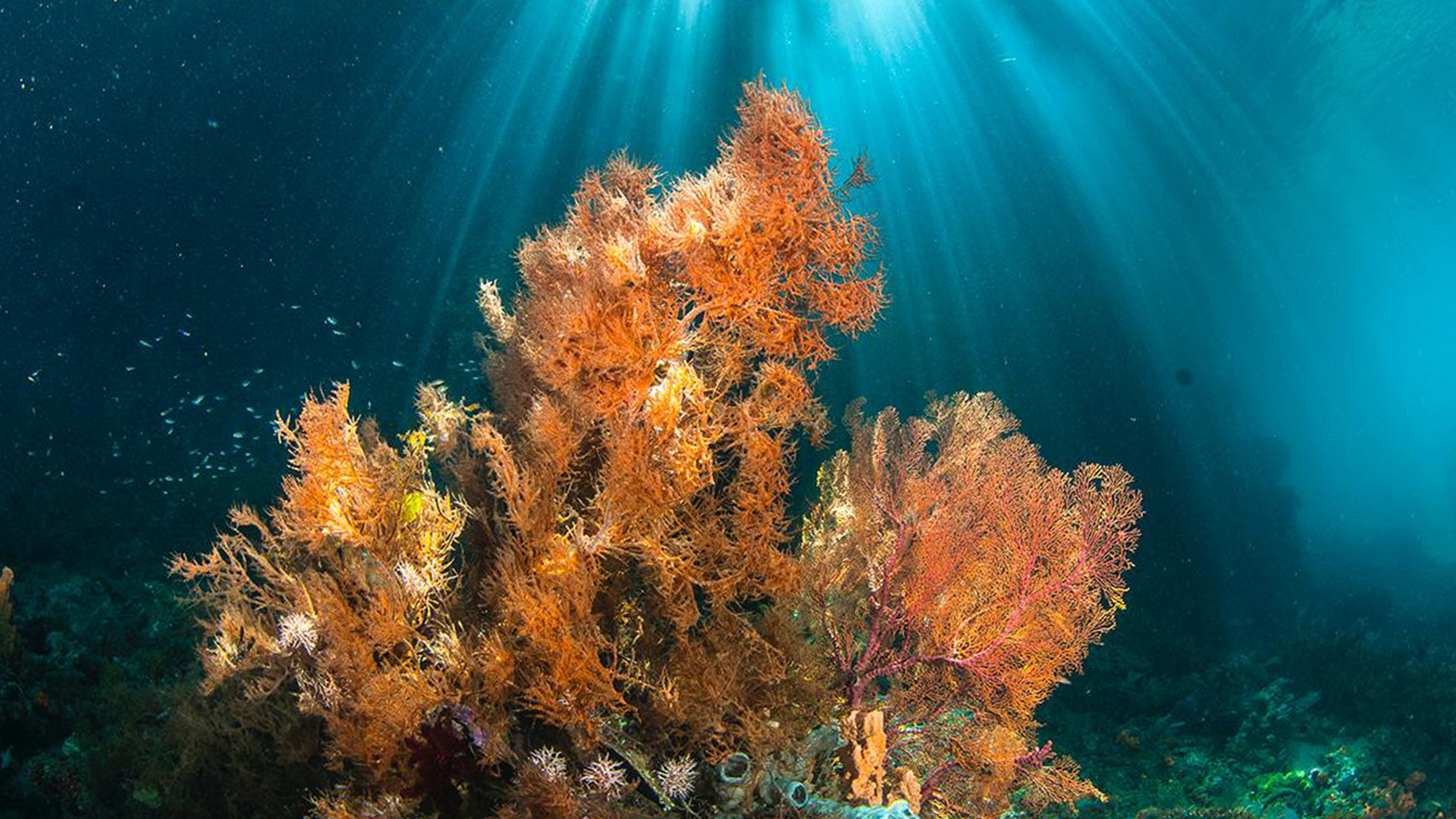
Raja Ampat’s international acclaim extends beyond its natural splendor; it has also become known around the world on account of successful conservation efforts. In the early 2000s, local communities worked with environmental organizations to implement sustainable practices such as Marine Protected Area development and responsible tourism regulation to combat the effects of uncontrolled commercial fishing. Since the initiatives began, fish populations have rebounded dramatically; poaching by outside fishers is down by around 90%; coral is recovering; and long-term food and livelihood security for local communities improved.
What is more, the efforts have engaged local communities to become active members of the conservation. The marine parks employ locals to survey protected areas and implement local indigenous knowledge such as “Sasi,” which refers to the age-old local tradition of sequestering areas to allow ecosystems to recover. These frameworks are mindfully inclusive and thus and truly sustainable.
These measures have helped restore and protect the delicate balance of the coral reef ecosystem, ensuring Raja Ampat remains the crown jewel of marine biodiversity, a powerful beacon of conservation, and one of the best destinations to explore the underwater world.
Interested in exploring the wonders of Raja Ampat yourself? Contact us at [email protected] to begin your voyage.
